Pajarito Water Tunnels
These crevices cut into the mountains collect the island’s main source of precious freshwater.
Like on any island, water is a valuable commodity on La Palma. Without any large water reservoirs, it’s easy to wonder how its 86,000 residents keep hydrated and how they hydrate their many crops.
Nearly all of the water on the island is obtained from the mar de nubes (sea of clouds) that get carried on the prevailing wind, which blows from the northeast trade winds. The water condenses on the long pine needles of the trees on the mountain and drips down to the ground, where it disappears into the depths of the earth. Some of this water comes out from the ground in the form of small streams or waterfalls, but most of it seeps into the sea, effectively being lost.
To harness this precious precipitation, locals cut long tunnels into the rock, catching some of the water that drenches the mountain. This method is effective because it can take years for the water to seep down the mountain completely, meaning that the inside of the mountain is generally always wet, even during droughts. Some of these tunnels are several hundred years old and have been cut by hand in extraordinary feats of persistence.
Needless to say, these tunnels have been a valuable source of money for La Palma residents for an equally long time. People would set up water mines/collection points and sell the water to others, effectively living from what the skies provided for free.
These days, most of these tunnels are state-owned and converted into water distribution systems that spread the water out evenly. Many pipes come out of the structures, all at the same height so everyone gets an equal amount of water. However, it is still common to own your own private water pipe on the island, one that is connected to a self-made tunnel or spring, resulting in a large maze of pipes coming down the mountain anywhere where there is civilization.
The Pajarito water tunnels form one of the largest water “mining” operations on the island, with a tunnel that goes nearly three miles (five kilometers) into the rock, collecting a large chunk of the water that is used in Santa Cruz de la Palma. The location used to be privately owned, but eventually got taken over by the state. You can still find remnants of the old owners in the form of a large house next to the mine. You can also find an old track crossing the road and a pair of rusted mine carts nearby. These carts were once used to move water out to buyers and allow them to load it onto their carts or containers. This is not done anymore—instead, a large array of pipes carries the water down to the town. It is possible to taste this water though, as there is a small tap near the pipes.
Know Before You Go
The location is freely accessible via the LP-4 and you are allowed to drink the tap water. There are also several guided tours that go past several tunnels and give more information about the process.

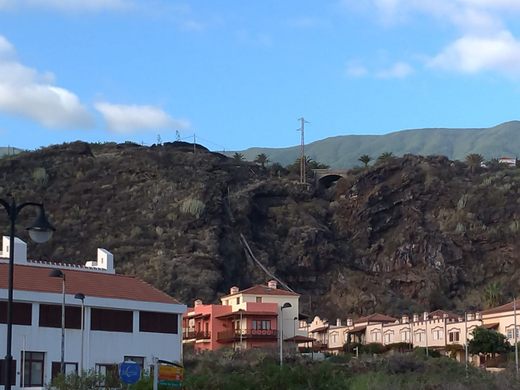
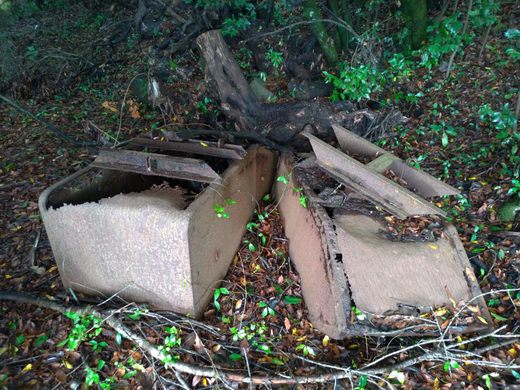





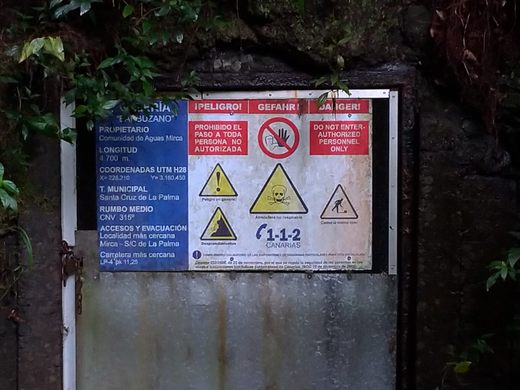
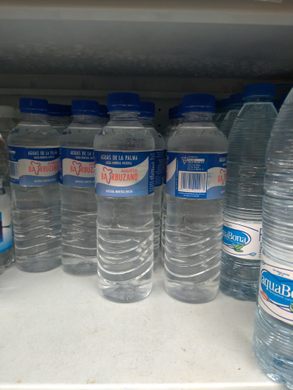



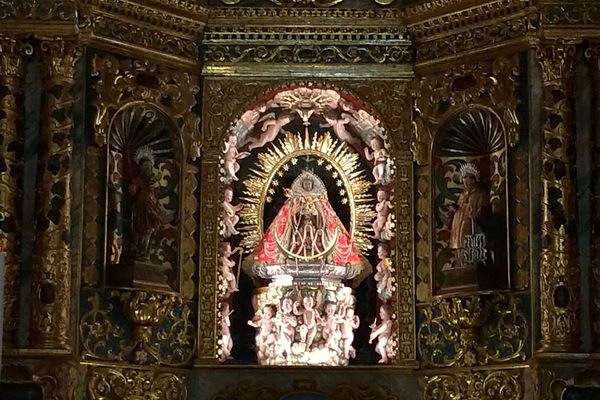
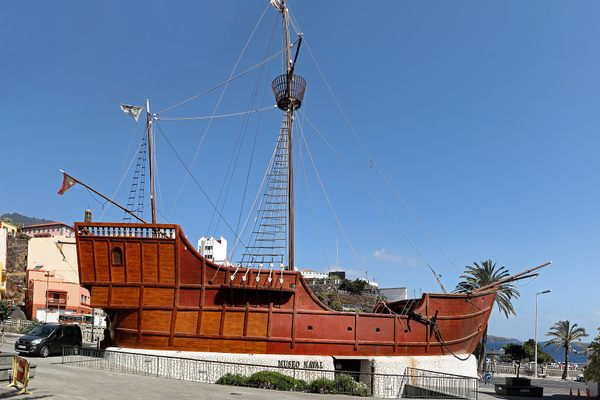
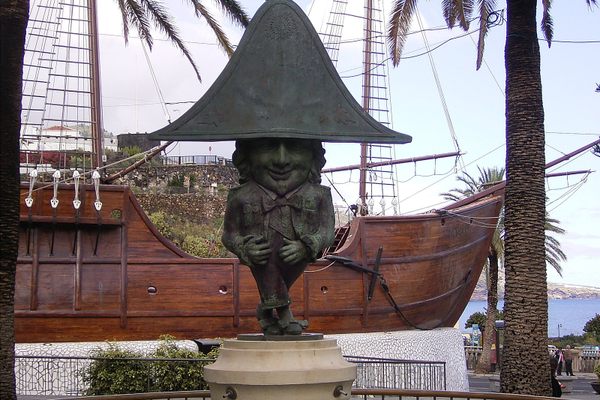

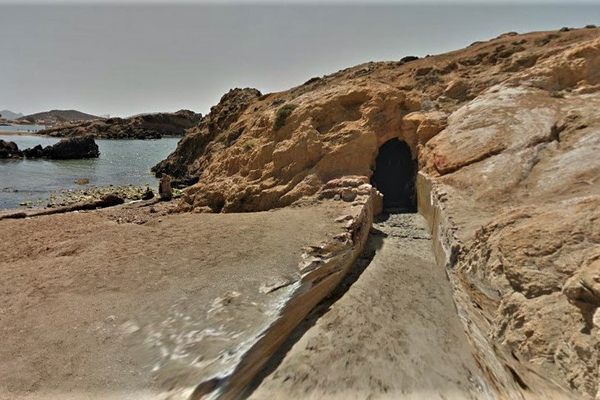


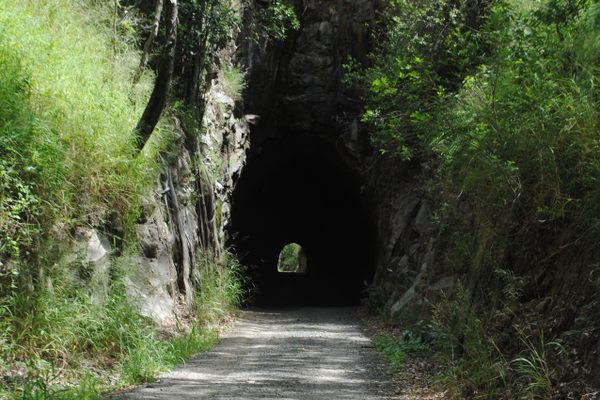

Follow us on Twitter to get the latest on the world's hidden wonders.
Like us on Facebook to get the latest on the world's hidden wonders.
Follow us on Twitter Like us on Facebook